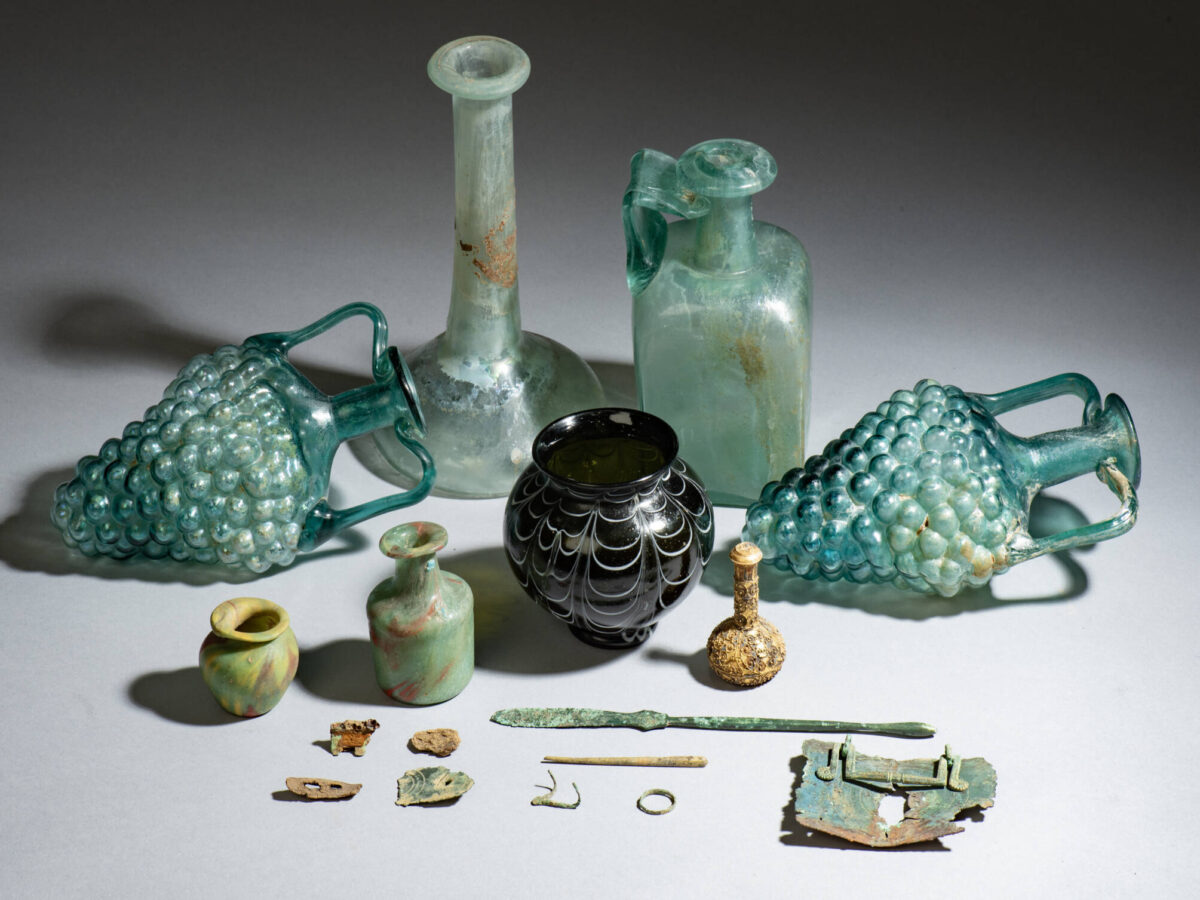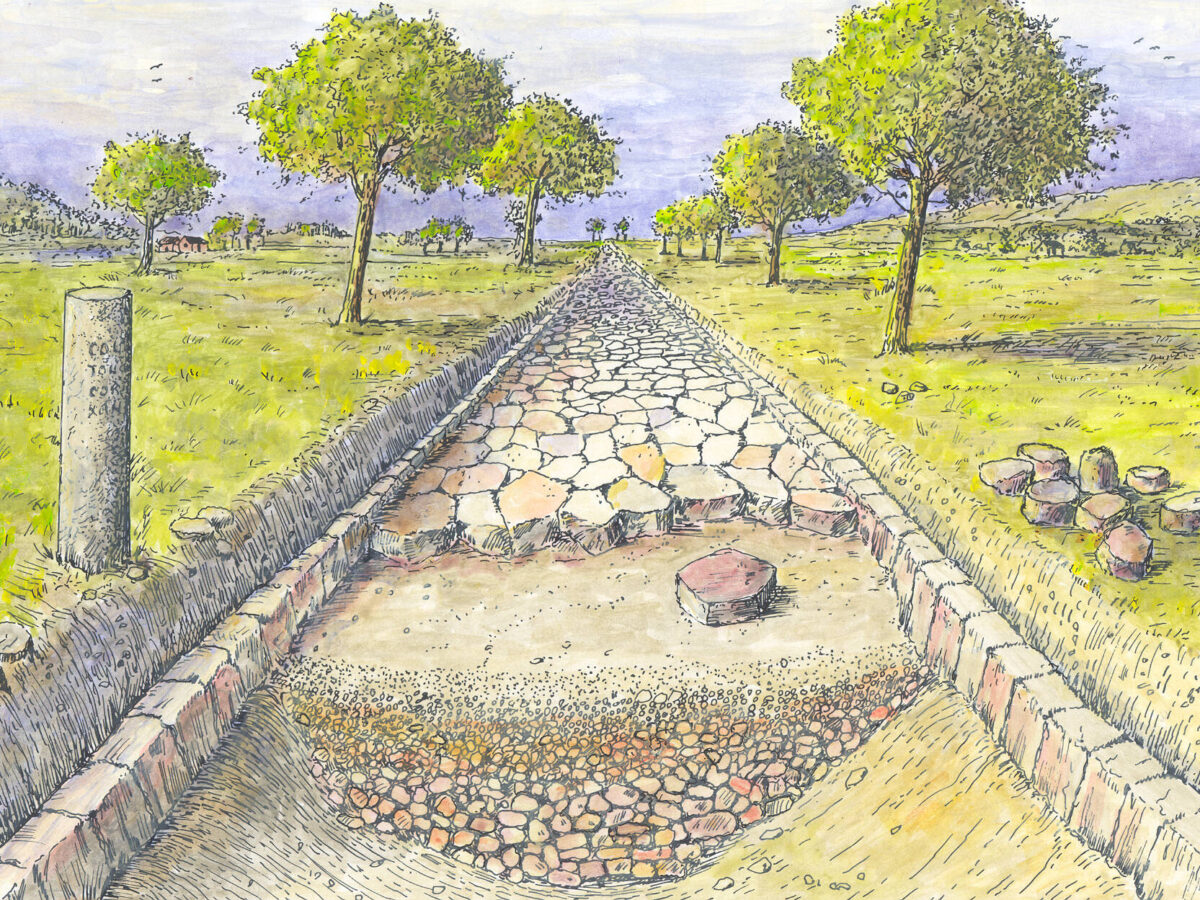Exhibition on the Roman Idyll: A Rich Time Machine
Author: Harry Lindelauf
Photography: RMO, Submedia, Mikko Kriek
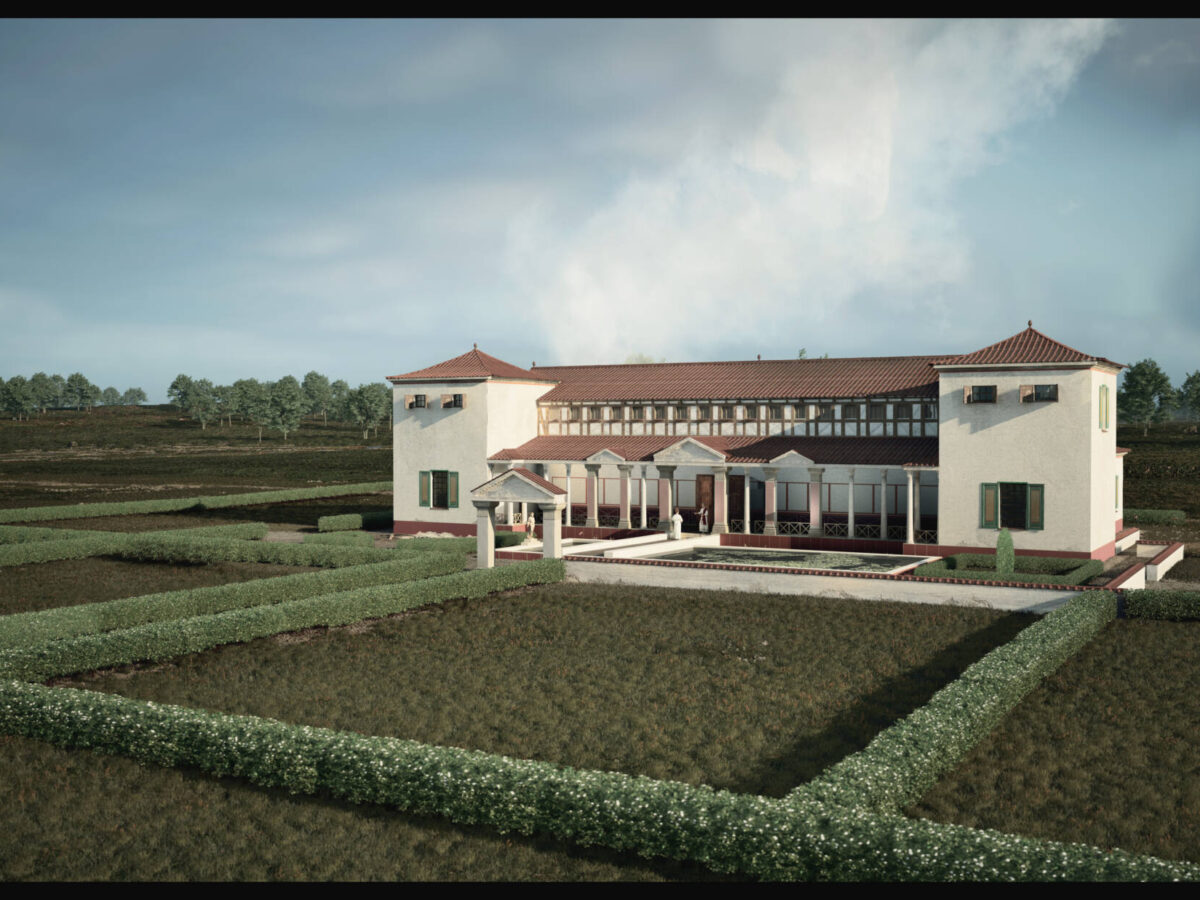
More than 200 objects, models, 3D reconstructions, and videos form the time machine that takes visitors of the exhibition Roman Villas in Limburg back to South Limburg 2,000 years ago.
Highlights include the reconstruction of a towering wall painting from Maasbracht depicting gladiators and villa residents, and a glimpse into the home of the Lady of Simpelveld.
The exhibition opens on 25 April at the National Museum of Antiquities (Rijksmuseum van Oudheden) in Leiden.
After closing in Leiden on 25 August, the exhibition opens in October 2024 at the Limburgs Museum in Venlo. From June 2025, visitors can discover the exhibition in Heerlen (the Thermenmuseum).
It is the first time that finds from the Roman period in South Limburg have been brought together on such a scale.
This is the result of collaboration between the three museums and the Cultural Heritage Agency of the Netherlands (RCE) in the research project A Roman Idyll, which began in 2020.
A thorough analysis was made of thousands of villa finds from Limburg and of old excavation records that have been preserved.
In addition, aerial photographs and data from recent excavations were used. Limburg’s amateur archaeologists, museum visitors, and heritage enthusiasts contributed to several subprojects.
All results will be published in 2024 in the scientific series PALMA of the National Museum of Antiquities.
Drawing: Villa Vlengendaal – Submedia
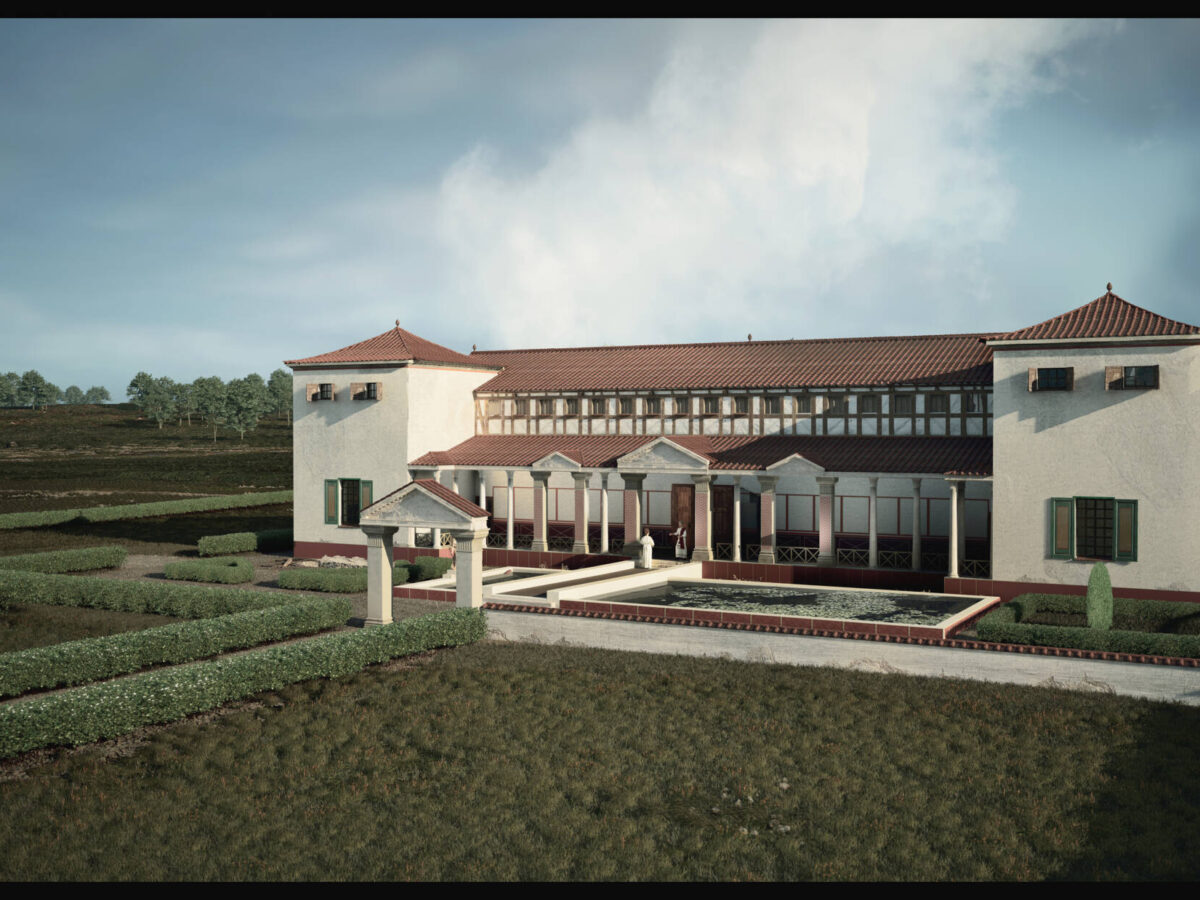
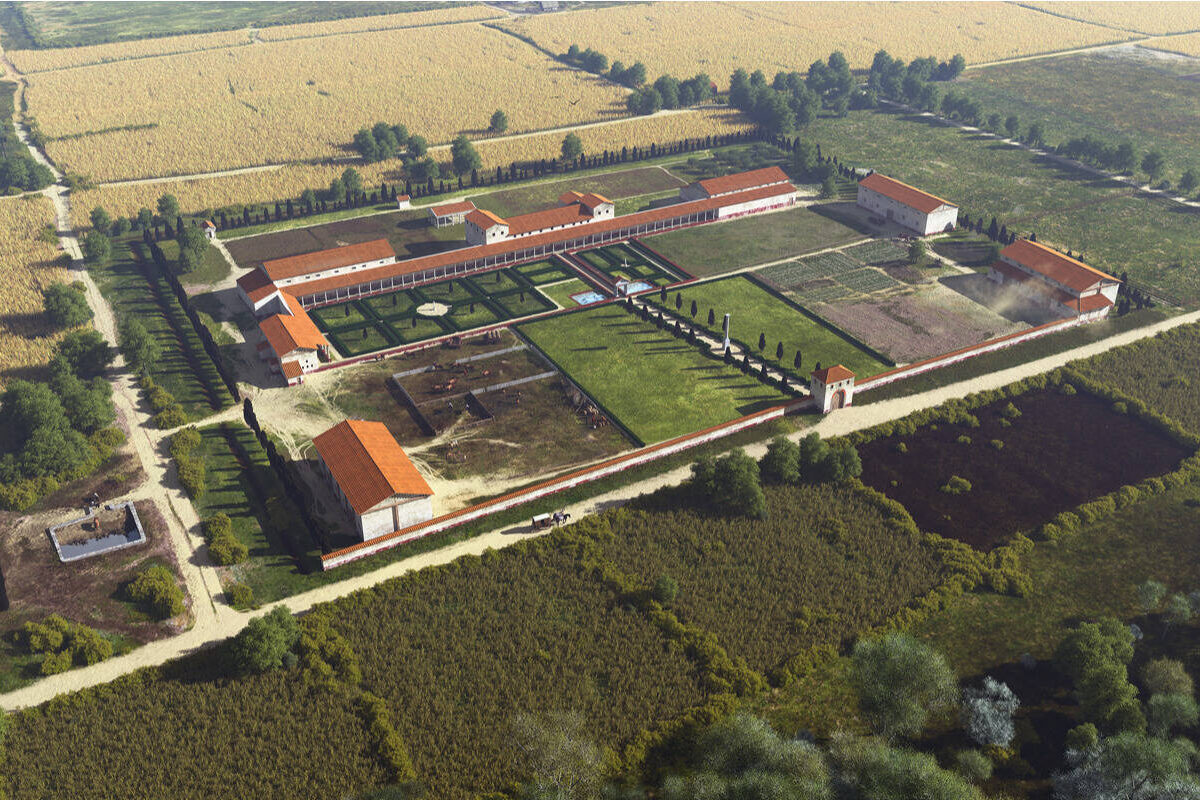
Villa Rustica as a Grain Factory
Since the 19th century, remains of about 70 Roman farmsteads have been found, mainly along the Via Belgica.
In total, there must once have been hundreds of large farmsteads with stone-built luxury houses in operation.
Thanks to the fertile soil, farmers produced large quantities of grain, which were supplied to the Roman army units along the Rhine, the empire’s frontier.
The Romans had a charming term for such a grain factory: villa rustica.
Outside, the work was hard; inside, the owners enjoyed luxury thanks to the grain profits.
Over time, these villas grew into complete Mediterranean-style country houses, with bathhouses, glass windows, and underfloor heating.
Well-known examples include the Villa Holzkuil in Kerkrade, Villa Ten Hove in Voerendaal, and Villa Herkenberg in Meerssen.
Drawing: Villa Voerendaal – Mikko Kriek
The wealth of the Roman farmers is also reflected in their burials: large stone coffins with rich grave goods.
Some coffins were even decorated with sculpture — such as the sarcophagus of the Lady of Simpelveld.
Her luxury plays an important role in the exhibition, which devotes much attention to the inhabitants of the villas — from the lady of the house to the people who worked the land.
All these villas can be explored in the landscape, thanks to Via Belgica.
Discover the walking and cycling routes on our website, app, or in the book.
This project is the result of cooperation between the Limburgs Museum, the National Museum of Antiquities, and the Thermenmuseum, and is funded by the Mondriaan Fund through its multi-year programme “Museums and Heritage Institutions.”
Photo: Roman grave from Heerlen – RMO
